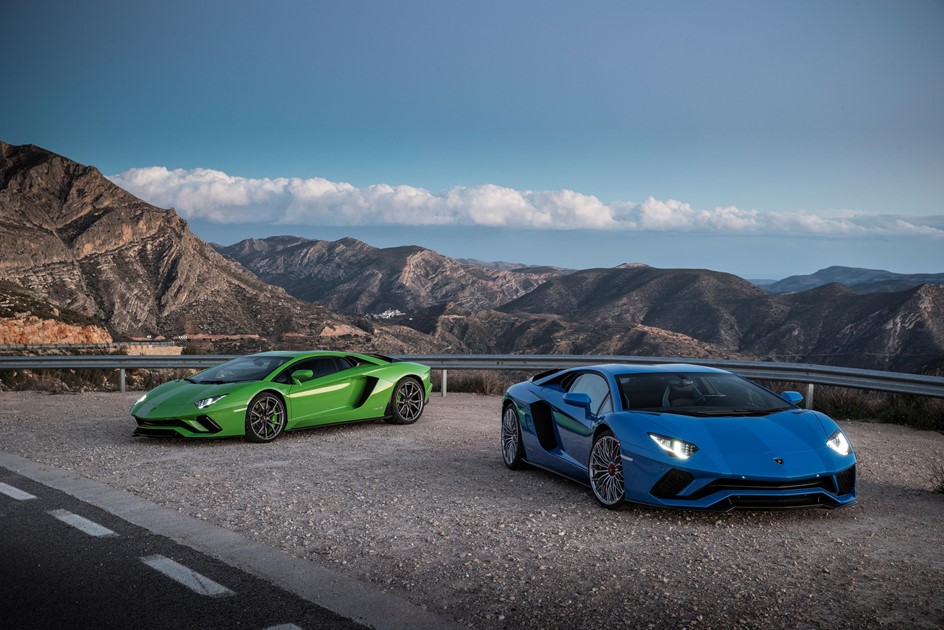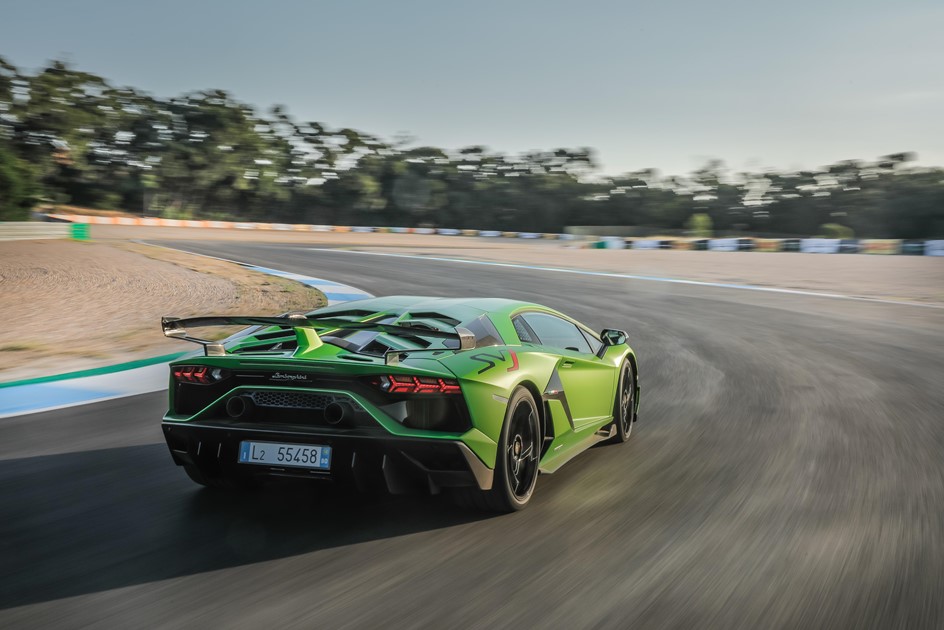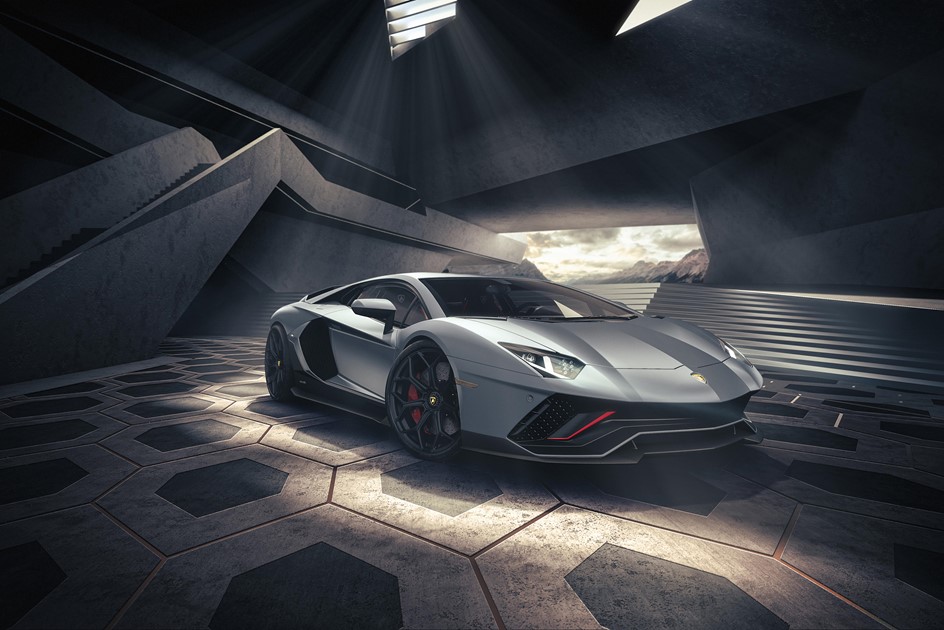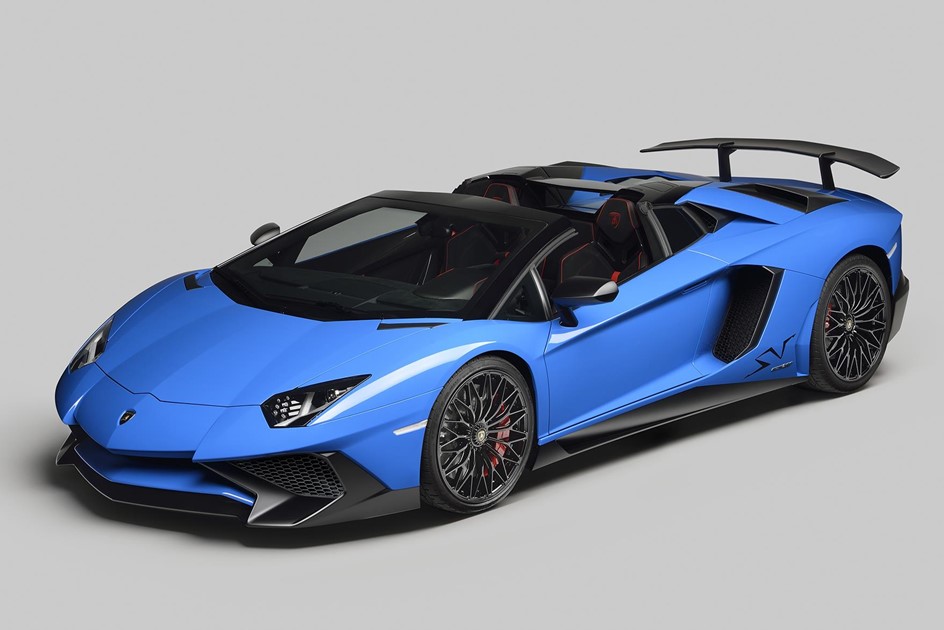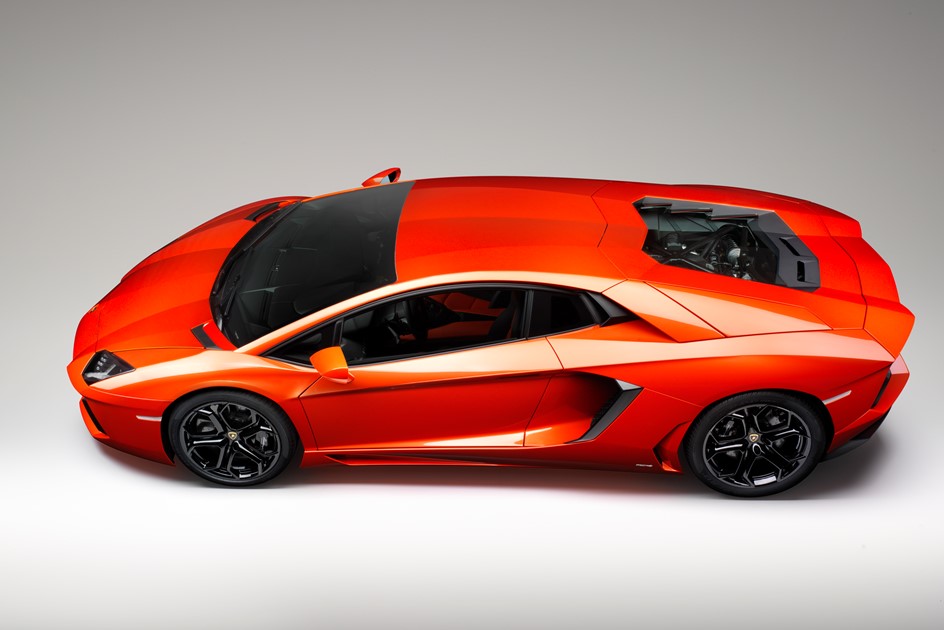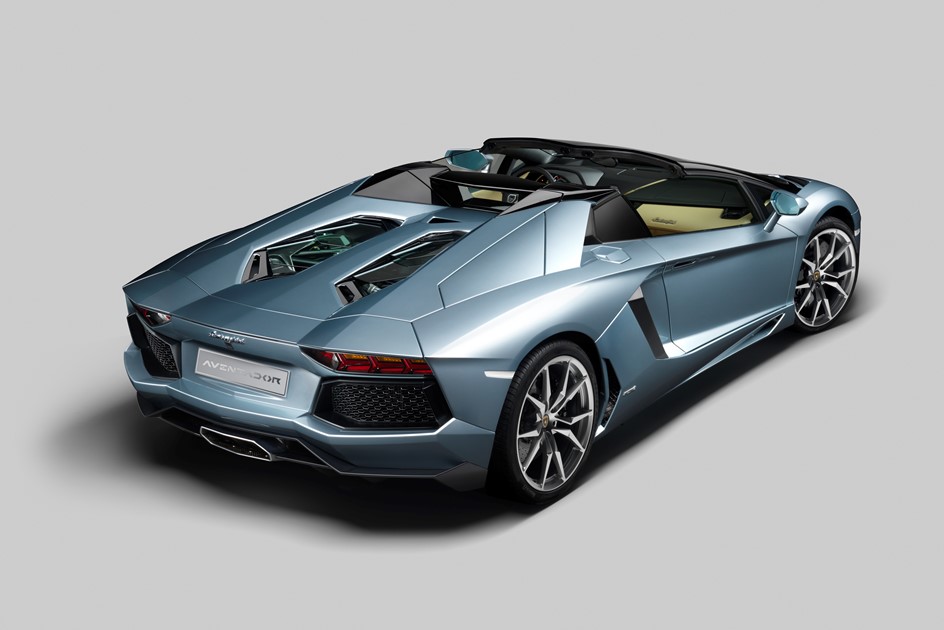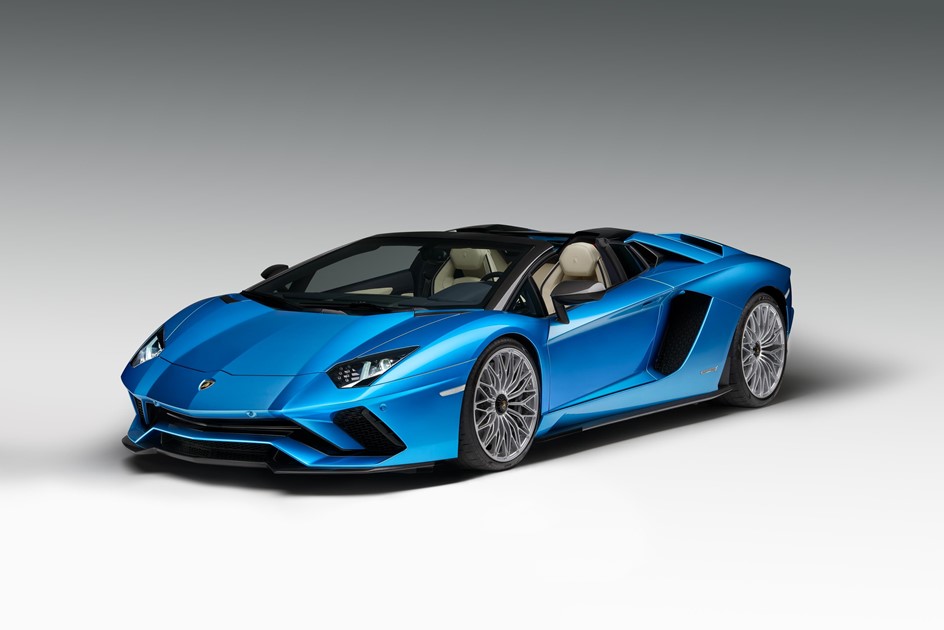A guide to the Aventador
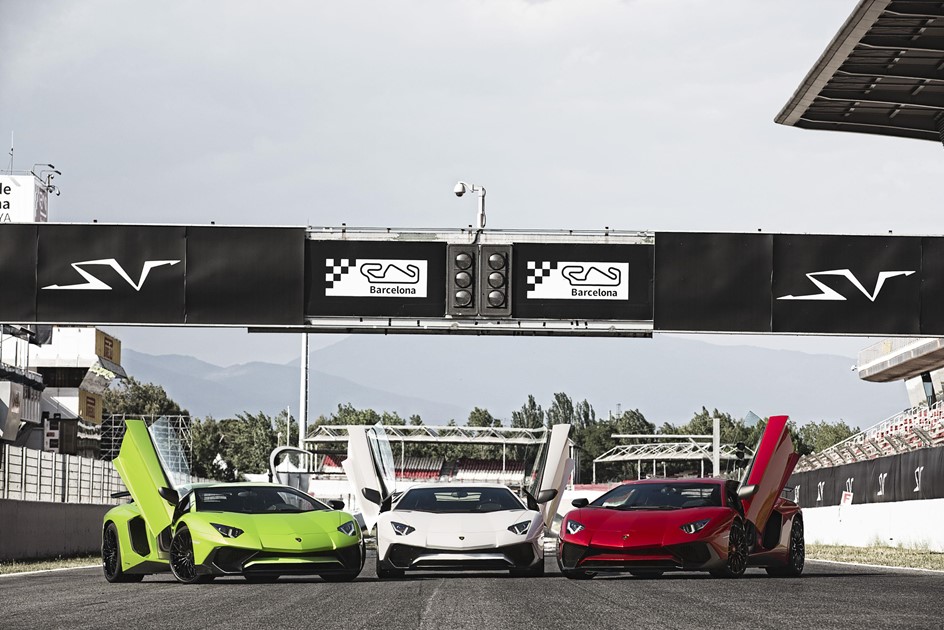
The Lamborghini Aventador, named after a Spanish fighting bull – in keeping with Ferruccio’s love of bullfighting – became the successor to the Lamborghini Murcielago. Here, we describe the differences between the vast array of Aventador models.
First launched at the Geneva Motor Show in 2011, the then-new flagship V12 sold 12 units soon after the unveiling and five years later, in March 2016 Lamborghini had built 5,000 Aventadors. The original Aventador’s full name includes LP700-4, which means 'Longitudinal Posteriore', denoting a longitudinally mounted mid-engine, that produced 700PS and had a four-wheel drive Haldex system. The transmission featured a seven-speed single-clutch independent shifting rod (ISR) automated manual. Despite not being dual-clutch, gear shifts were completed in a mere 50 milliseconds!
Having been Lamborghini’s flagship car, it has seen many model variants. Such as the Aventador LP700-4 Roadster which was announced for production in December 2012. The removable roof consisted of two carbon fibre panels, weighing just 6kg each. The rear pillar had to be reinforced to compensate for the loss of the roof, along with some changes to the rollover protection and engine ventilation systems but these changes only resulted in a 50kg weight gain in comparison to the coupé which came in at 1,625 kg.
Fast forward to 2015 and we saw the introduction to the Aventador SuperVeloce abbreviated to Aventador SV. The LP750-4. It featured an upgraded powertrain, with the horsepower increased to 750 PS. Lamborghini managed to reduce the weight of the new SV by 50kg, increasing the use of carbon fibre throughout the interior and exterior of the car. The SV has a power-to-weight ratio of 1hp to 2 kg. It featured improved aerodynamics, with downforce increased by 180% in comparison to the standard Aventador coupé – with the aid of an aggressive-looking front splitter, and a new rear diffuser, along with a fixed carbon fibre reinforced polymer rear wing. The car's driving dynamics were also been upgraded, featuring new enhanced electronic steering, magnetic pushrod suspension, and chassis improvements. Delivery of the car began in the second quarter of 2015 and the limited 600-unit production ended in July 2017.
Then of course, a Roadster was announced. The Lamborghini Aventador SuperVeloce LP 750-4 Roadster. This was unveiled at Pebble Beach Concours d’Elegance in 2015. It featured a carbon fibre roof just like the Aventador Roadster that can be stored in the front trunk.
In December 2016 the Lamborghini Aventador S, the LP740-4 was revealed at the Sant'Agata factory, with the official reveal of the car taking place at the 2017 Geneva Motor Show. The Aventador S replaced the outgoing Aventador LP700-4 and featured mechanical and exterior changes. The facelifted exterior of the car was designed by Lamborghini's head of design Mitja Borkert, and the 6.5-litre V12 engine was uprated to put out 740 PS. The car could accelerate from 0 to 60mph in 2.9 seconds and had a top speed of 217 mph. One of the biggest additions to this facelifted model was four-wheel steering.
Naturally, the S Roadster followed up in 2017 at the Frankfurt International Motor Show. The Roadster was mechanically identical to the coupé, with the only difference being the engine cover which was identical to the standard Aventador roadster engine cover. It had two carbon fibre removable roof panels, the same as previous roadster models and new optional wheels. The roadster is 50 kg heavier than the coupé due to reinforcing chassis components. This means the 0–60mph is achieved in 3.2 seconds, 0.3 seconds slower than the coupé.
2018 saw the reveal of the Super Veloce Jota or SVJ, at Pebble Beach Concours d’Elegance. The SVJ was a track-focused variant of the Aventador S and an improvement over the Aventador SV. The same 6.5L V12 that has been used throughout the Aventador line-up had been cranked up to provide an output of 770 PS. Hence the name LP770-4. The weight reduction was due to extensive use of carbon fibre, and titanium in the exhaust system and that brought the weight down to 1,525 kg, this also meant the power-to-weight ratio was 0.5hp to 1 kg. The SVJ does 0–62mph in 2.8 seconds and 0–124mph in 8.6 seconds and reaches a top speed of over 217 mph. It’s the first production V12 Lamborghini model to feature Aerodinamica Lamborghini Attiva (ALA) system. This allows the car to achieve 40% more downforce than the Aventador SV. The ALA 2.0 system actively varies the aerodynamic load to achieve high downforce or low drag, depending on the dynamic conditions, giving priority to the load in cornering or to low drag in a straight line.
At the Geneva Motor Show in 2019, Lamborghini launched the Aventador SVJ LP770-4 Roadster. It was produced in a limited series of 800 units. As per the previous Roadster editions, the car includes a removable hardtop made of two pieces of carbon fibre. Performance figures differ from the coupé by 0.1 seconds, taking 2.9 seconds to do 0-62mph.
The final Aventador, named Ultimae LP780-4 was limited to 600 units which were broken down to 350 for the Coupé, and 250 for the Roadster. With a peak power figure of 769 bhp, which is 10 bhp more than the SVJ. It is the last naturally aspirated V12 supercar before we see hybrid technology introduced. It features a modified version of the SVJ’s V12 engine but is combined with a chassis setup and visual aesthetic closer to the S, whilst it also features the same rear-wheel steering system and adaptive dampers as the S it’s been adapted to a more road-biased setup, than the more track-focused SVJ. Much like the road-biased setup mentioned, the interior is also focused more on comfort like the S than the sportiness of the SVJ, which is why the Ultimae sees an increase in weight by 25 kg on the SVJ. The Aventador Ultimae’s acceleration figures are identical to the SVJ, reaching 62mph in just 2.8sec and 124mph in 8.7sec. The only difference is that it will go onto a higher top speed of 220mph – thanks to an improved drag value, which is equal to the limited edition Veneno and Sián as the fastest Lamborghini yet!


